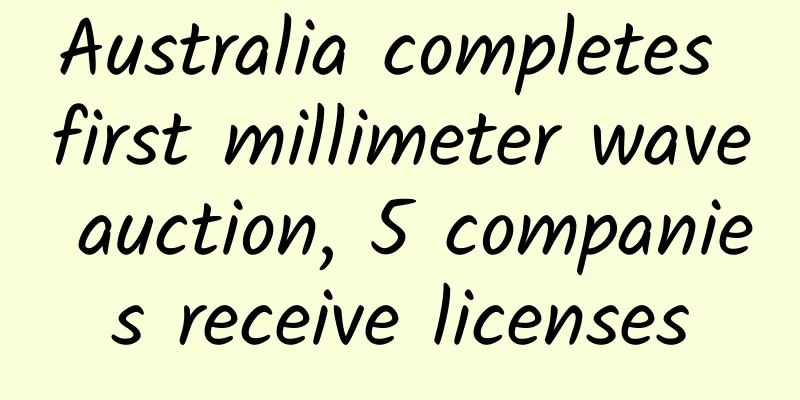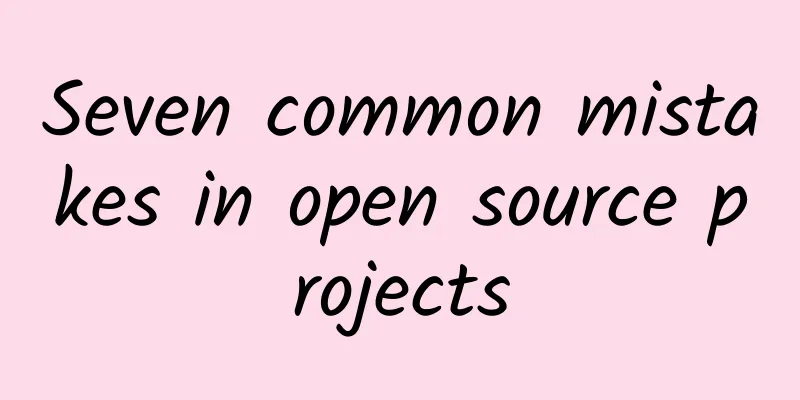LiFi is a wireless communication technology that uses visible light communication to transmit data

|
Visible light communication is a technology that uses visible light for data transmission. It uses optical signals in the visible light band to transmit information, usually using LED lights or lasers as light sources, and the receiving end uses photodiodes or optical receivers to receive optical signals and convert them into electrical signals. Visible light communication has the advantages of strong anti-interference, high security, and no radiation, and is suitable for data transmission needs in some special scenarios. In visible light communication, common applications include indoor positioning, indoor communication, vehicle networking and other fields. With the continuous development of LED technology and optical communication technology, visible light communication is expected to become an important part of future wireless communications. LiFi is a visible light wireless communication technology that uses visible light communication (VLC) to transmit data. It uses LED lights or other light sources as transmitters to transmit data by modulating light signals, which are then received and decoded by light receivers. LiFi has high data transmission speed and security, but is limited by the range of light propagation and obstacles. VLC (Visible Light Communication) is a technology that uses visible light for communication. It transmits data by modulating the brightness of the light source, usually using LED as the light source. VLC can achieve broadband communication and has advantages such as security, energy saving, and anti-interference in some specific scenarios. Technical principleLiFi (Light Fidelity) is a wireless communication technology that uses visible light communication to transmit data. Its principle is based on the light signal emitted by the LED (Light Emitting Diode) light source, and transmits data by modulating the brightness of the light. After the light sensor at the receiving end receives the light signal, it converts it into an electrical signal to achieve data transmission. LiFi communication can be simply summarized into the following steps:
The advantages of LiFi technology lie in its high-speed transmission, low latency, free spectrum and other characteristics, which are suitable for wireless communication needs in some special scenarios. Pros and ConsLiFi advantages:
LiFi Disadvantages:
Application Scenario
For example, in hospitals, LiFi can be used in indoor positioning systems to transmit data through lamps in the hospital, achieve real-time positioning of medical staff and equipment, and improve the efficiency and safety of medical services. |
<<: LAN vs. WLAN: Connecting the Wired and Wireless Worlds
>>: GSMA: 5G SA and 5G-A are booming, and operators will continue to increase investment
Recommend
CloudCone 5th Anniversary: $14/year KVM-dual core, 1G memory, 41G hard disk, 5TB/1Gbps, Los Angeles data center
CloudCone has been established for 5 years. The c...
5G FWA is booming: Views from the MBBF2021 5G FWA Industry Forum
During the 2021 Global Mobile Broadband Forum, th...
5G+Industrial Internet, how is this addition “calculated”?
On September 17, the Zhongguancun Industrial Inte...
The seven-layer network model and TCP/UDP that you will forget after reading it once, let me popularize it for you again
In order to enable different computer manufacture...
Evoxt: $2.99/month-512MB/5GB/250GB/Hong Kong & Malaysia & Germany & UK & US data centers
This is the first time that Evoxt has been shared...
The reality of "5G + Industrial Internet" still exists: people don't know how to use it, don't dare to use it, and can't afford it
"Industrial Internet" has been written ...
Can't tell the difference between Wi-Fi and WLAN? Stop confusing them
Usually, we connect to WiFi when we surf the Inte...
Can video ringtones become a phenomenal application in the 5G era?
The latest data: The number of video ringtone use...
4G network speed slows down? Ministry of Industry and Information Technology talks with three operators on this issue
On the 22nd, the Ministry of Industry and Informa...
SASE is advancing rapidly, and the first-line is stepping up efforts to empower the computing power era
With the accelerated development of enterprise di...
5G Downlink Channel Sounding "CSI-RS"
Since 4G, the bandwidth of carriers has increased...
Pull or Push? How to choose a monitoring system?
[[421126]] A variety of monitoring systems Monito...
Huawei CEO Ding Yun: Lighting up the future and releasing new value of connectivity
[Shenzhen, China, February 8, 2020] Today, at the...
WeChat's biggest competitor is coming! The three major operators are all working on 5G, and news is coming soon
5G messaging, which is regarded by the industry a...
Hosteons: AMD Ryzen CPU + NVMe high-performance VPS is available starting at $24 per year
Hosteons is a foreign VPS hosting company founded...









